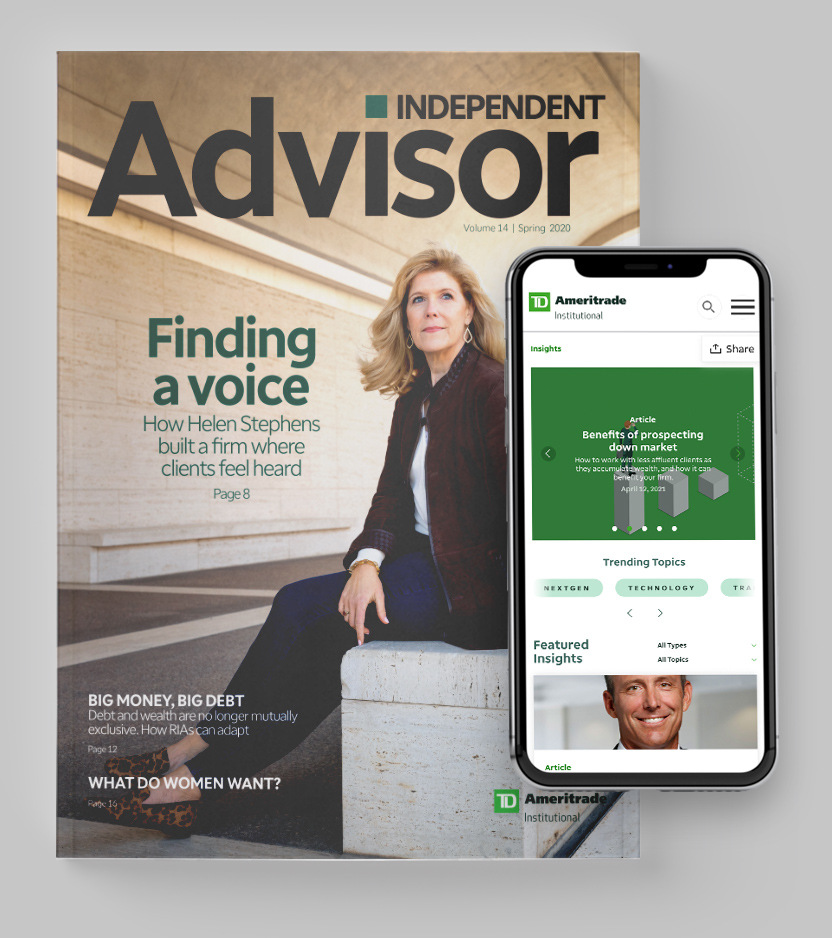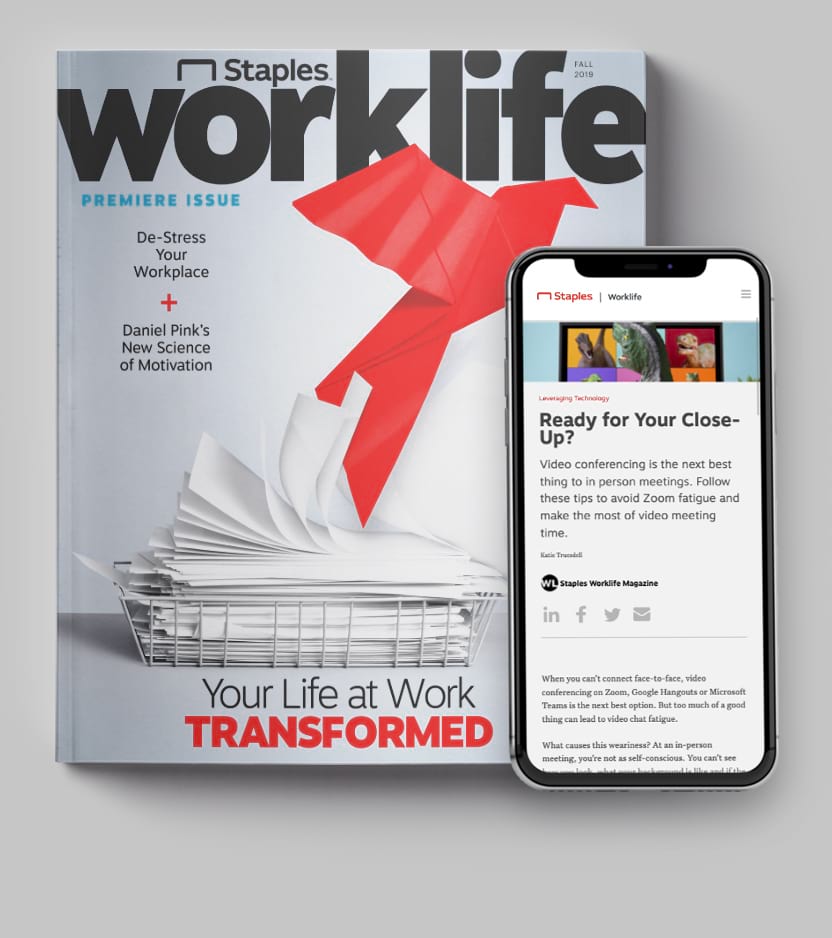Content Marketing
Be a Compelling Source of Truth to Your Buyers.
When a B2B buyer forms a heart-to-heart connection with a brand, their mind opens. The conversation begins. Your content provides context that influences their overall experience throughout the relationship.
How We Get Results:
How We Can Help:
Content Strategy and Planning
We align your brand’s goals with your buyers’ needs into a comprehensive plan that the team (yours, ours or a combination) can execute confidently.
Content Creation and Distribution
We layer strategy, editorial, design, atomization, SEO and fact-checking to create an omnichannel system that performs at every touchpoint.
Thought Leadership Index®
Our proprietary tool benchmarks your progress as you maintain a thought leadership position or advance from category challenger to category leader.
Content Performance
Our ongoing analysis enables stakeholders to make data-driven decisions needed to achieve their goals and maximize ROI.





